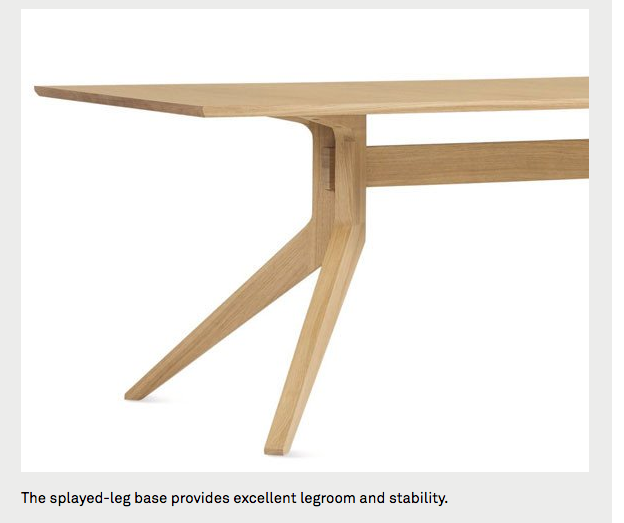I don’t particularly like the design (although I can see it wild great in the right kitchen/dining room), but I don’t think that price is at all outrageous.
The main things I’ve learned since I started woodworking as a hobby Is how much materials cost and, in particular, how much time it takes to make things (even using machines). It’s given me a completely different perspective on quotes I have had in the past for the odd cabinet, book case etc.
The main things I’ve learned since I started woodworking as a hobby Is how much materials cost and, in particular, how much time it takes to make things (even using machines). It’s given me a completely different perspective on quotes I have had in the past for the odd cabinet, book case etc.








